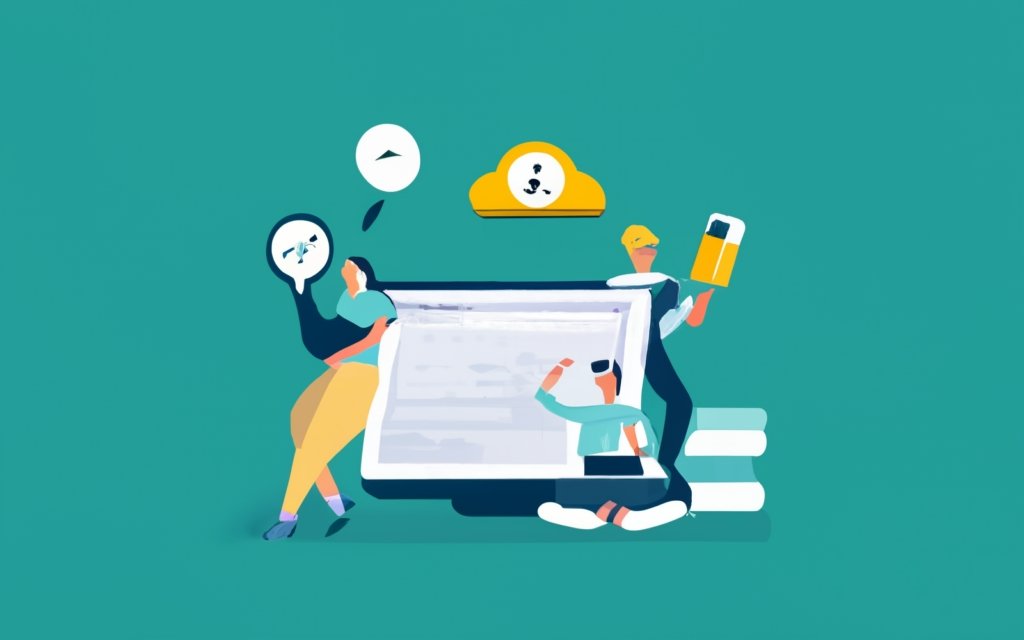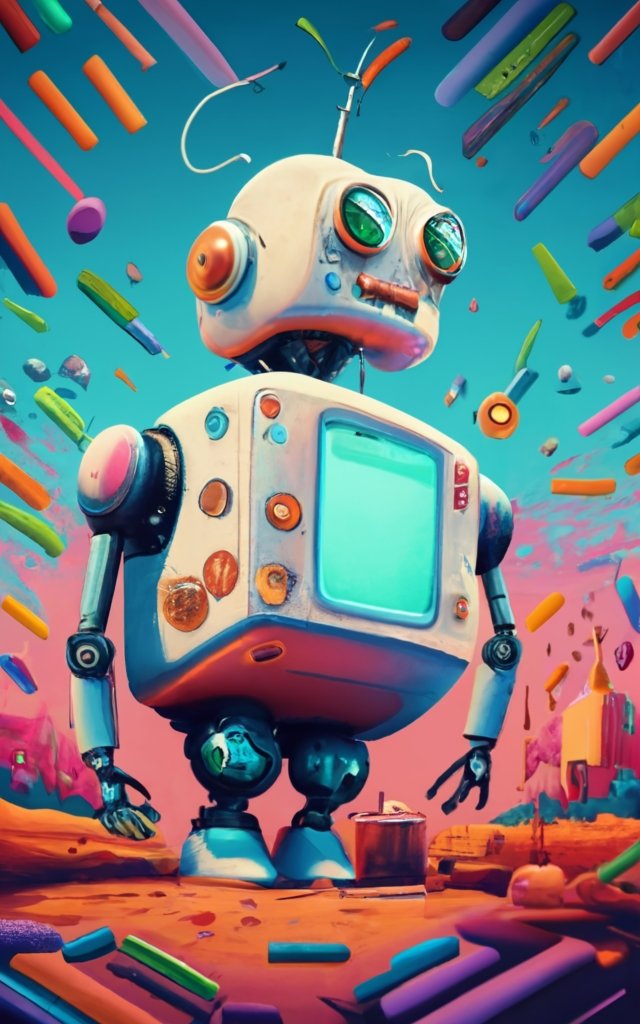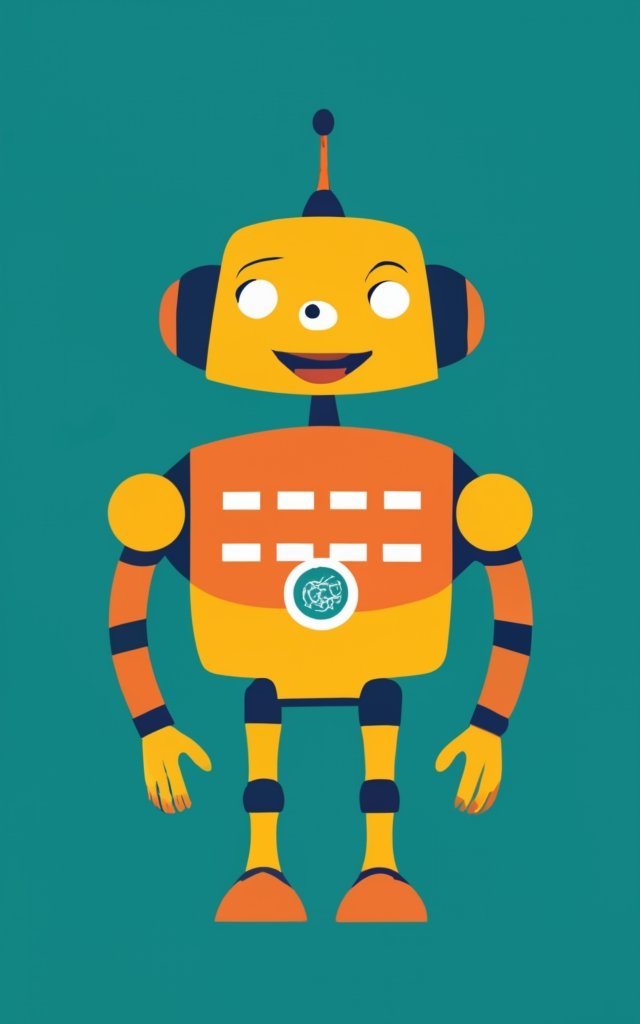Machines That Speak: The Blurring Line of Human Creativity

In an era where machines craft narratives rivaling human eloquence, the line between artificial intelligence and human creativity grows increasingly thin. As 2023 unfolds, advancements in natural language processing, especially with models like GPT-3 and GPT-4, are reshaping industries and challenging our understanding of human uniqueness.
The Ethical Tightrope of Linguistic AI

GPT-3 and GPT-4, products of OpenAI’s innovation, bring with them a set of moral dilemmas. Their ability to generate human-like text raises questions about biases, data privacy, and the potential for misinformation.
James Thornton, a leading expert in AI ethics, states, “AI’s mimicry of human language is its strength and challenge. As we explore this frontier, we must ensure responsible and ethical use of these tools.”
The ethical challenges are manifold. With the rise of these models, there’s a potential for them to be weaponized. They could be used to spread disinformation, create fake news, or even engage in cyber warfare. The believability of content generated by these models makes them potent, especially if misused. Moreover, there’s the ever-present danger of these models inheriting and perpetuating the biases present in the data they’re trained on. This could lead to skewed perspectives and reinforce harmful stereotypes.
From Humble Beginnings to AI Titans
NLP’s journey is a testament to human endeavor. From basic text recognition to the breakthroughs of GPT-3.5 and GPT-4, the field has seen exponential growth. GPT-4, with its enhanced architecture, symbolizes the blend of human intellect and technology.
An anonymous AI industry expert warns, “While advancements are impressive, we shouldn’t overlook potential pitfalls. Over-reliance on these models might lead to unforeseen consequences.”
The evolution of NLP is a story of continuous innovation and improvement. The early days saw chatbots that could barely understand or generate coherent sentences. Fast forward to today, and we have models that can not only converse fluently but also write essays and poems and even generate music. This rapid progression is a testament to the relentless pursuit of excellence by researchers and scientists in the field.
However, with every leap in capability, there are also challenges to address. The larger and more complex these models become, the more resources they require. This has implications for the environment, as training these models requires vast amounts of computational power and energy.

The Silent Revolution Beyond the Screen

NLP’s advancements are reshaping industries in subtle yet profound ways. From medicine to gaming, AI models are introducing previously unimaginable solutions. Their integration into daily life influences global communication dynamics and challenges our notions of authenticity.
In finance, these models are being used to analyze vast amounts of data to predict market trends. They can sift through years of market data in minutes, providing insights that would take humans months or even years to discern.
In healthcare, they’re revolutionizing diagnostics. By analyzing patient data, they can assist doctors in diagnosing diseases, sometimes even before symptoms appear. This has the potential to transform patient outcomes, enabling early intervention and treatment.
In entertainment, they’re scripting movies, composing music, and even helping in game design. Their ability to understand and generate content means they can assist artists in their creative processes, offering suggestions and ideas.
But it’s not just the big industries that are being transformed. Small businesses are also benefiting. From chatbots that handle customer queries to systems that analyze customer feedback and provide insights, the applications are vast and varied.
However, with these advancements come challenges. There’s a growing realization that unchecked use of these models could lead to unforeseen consequences. For instance, if used in decision-making processes, they could introduce biases, leading to skewed outcomes. There’s also the potential for job losses in sectors where tasks can be automated using these models.
What Lies Ahead
In conclusion, as machines increasingly understand and craft narratives, we must proceed with caution and curiosity. James Thornton observes, “The NLP story is still unfolding, promising a future filled with challenges and wonders.”
The world stands at a pivotal juncture. NLP advancements showcase human ingenuity. As we push boundaries, we must also reflect on our actions’ implications. The NLP future is promising, but it’s our responsibility to ensure it remains ethical.



